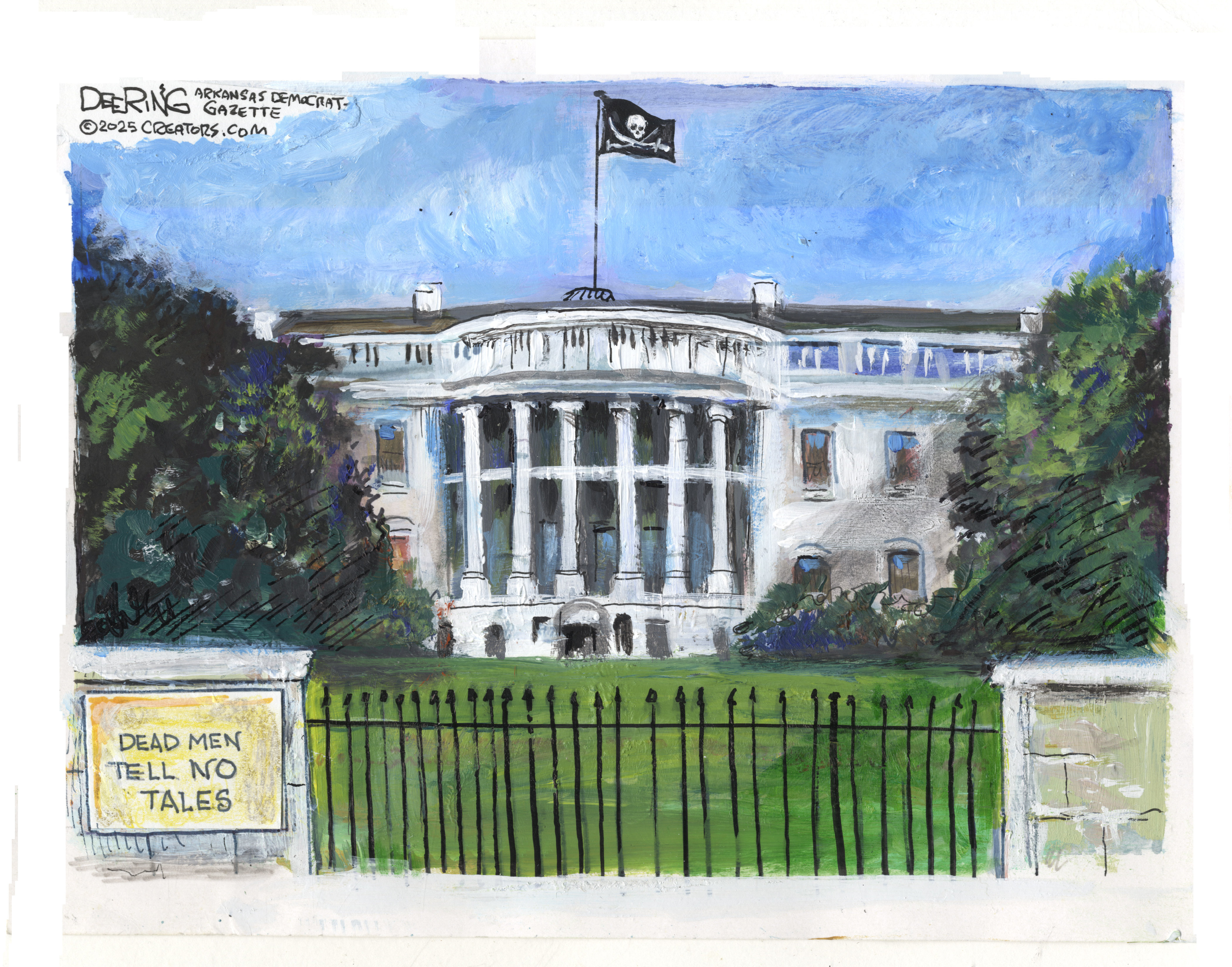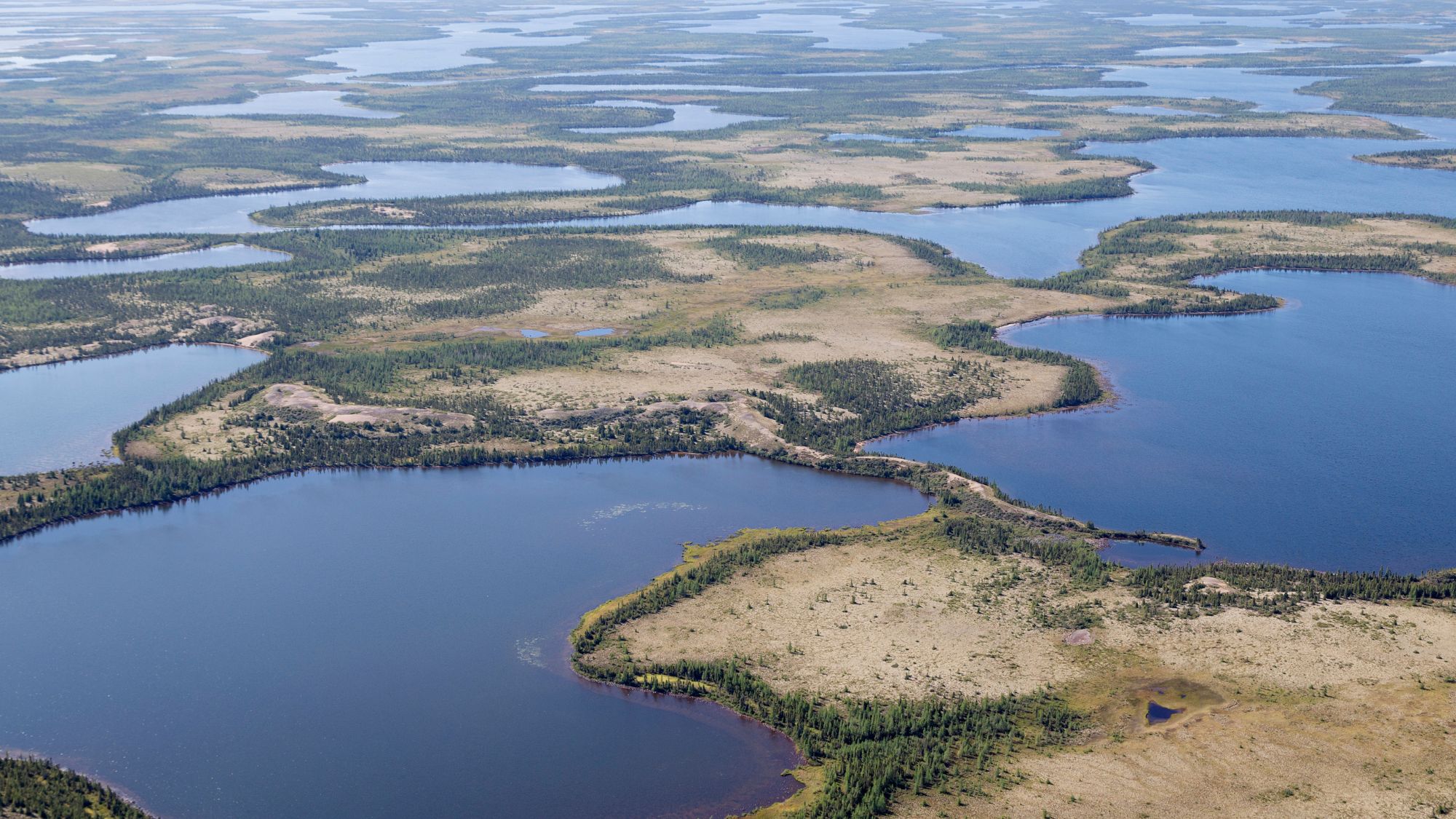Georgia O’Keeffe: Abstraction
“What’s so refreshing” about the Whitney’s exhibition is that it “spares us O’Keeffe the Earth Mother,” said Richard Lacayo in Time.
Whitney Museum of American Art
Through Jan. 17, 2010
“No other figure in American art history went from heights to has-been so quickly” as Georgia O’Keeffe, said Jerry Saltz in New York. The pathbreaking artist first pushed her painting into abstraction in 1915—“phenomenally early for an American.” But by her death in 1986, at 98, many thought of her as, primarily, a “painter of pretty pictures—or, I should say, pretty genitalia.” Resemblances to vulvas and breasts were read into the artist’s folding, flowering patterns by unimaginative critics with agendas of their own. “And those were the admirers!” Bravo to the Whitney Museum for refusing to treat O’Keeffe as merely a feminist icon. This “revelatory survey” of the artist’s early works proves that “O’Keeffe produced some of the most original and ambitious art in the 20th century.”
The Week
Escape your echo chamber. Get the facts behind the news, plus analysis from multiple perspectives.

Sign up for The Week's Free Newsletters
From our morning news briefing to a weekly Good News Newsletter, get the best of The Week delivered directly to your inbox.
From our morning news briefing to a weekly Good News Newsletter, get the best of The Week delivered directly to your inbox.
To be fair to her critics, “O’Keeffe’s work invites” a sexual interpretation more often than not, said Richard Lacayo in Time. “When you’re faced with the labial purple coils of a painting like Music, Pink and Blue No. 2, from 1918, what else can you think about?” Yet most works here hardly come off as emblems of “the Eternal Feminine”—or even obviously the work of a female artist at all. The churning, “purely abstract” charcoals she created as a 28-year-old were “some of the most radical work being done anywhere at that moment.” Gradually, she developed the “eruptions of soft form” that would mark her later work, but still retained the “taut, sharp-edged” style evident in Red & Orange Streak (1919). “What’s so refreshing” about the Whitney’s exhibition is that it “spares us O’Keeffe the Earth Mother,” while simultaneously reminding us that she was an “endlessly inventive formalist” even as a young woman.
A free daily email with the biggest news stories of the day – and the best features from TheWeek.com
-
 Political cartoons for December 14
Political cartoons for December 14Cartoons Sunday's political cartoons include a new White House flag, Venezuela negotiations, and more
-
 Heavenly spectacle in the wilds of Canada
Heavenly spectacle in the wilds of CanadaThe Week Recommends ‘Mind-bending’ outpost for spotting animals – and the northern lights
-
 Facial recognition: a revolution in policing
Facial recognition: a revolution in policingTalking Point All 43 police forces in England and Wales are set to be granted access, with those against calling for increasing safeguards on the technology
-
If/Then
feature Tony-winning Idina Menzel “looks and sounds sensational” in a role tailored to her talents.
-
Rocky
feature It’s a wonder that this Rocky ever reaches the top of the steps.
-
Love and Information
feature Leave it to Caryl Churchill to create a play that “so ingeniously mirrors our age of the splintered attention span.”
-
The Bridges of Madison County
feature Jason Robert Brown’s “richly melodic” score is “one of Broadway’s best in the last decade.”
-
Outside Mullingar
feature John Patrick Shanley’s “charmer of a play” isn’t for cynics.
-
The Night Alive
feature Conor McPherson “has a singular gift for making the ordinary glow with an extra dimension.”
-
No Man’s Land
feature The futility of all conversation has been, paradoxically, the subject of “some of the best dialogue ever written.”
-
The Commons of Pensacola
feature Stage and screen actress Amanda Peet's playwriting debut is a “witty and affecting” domestic drama.